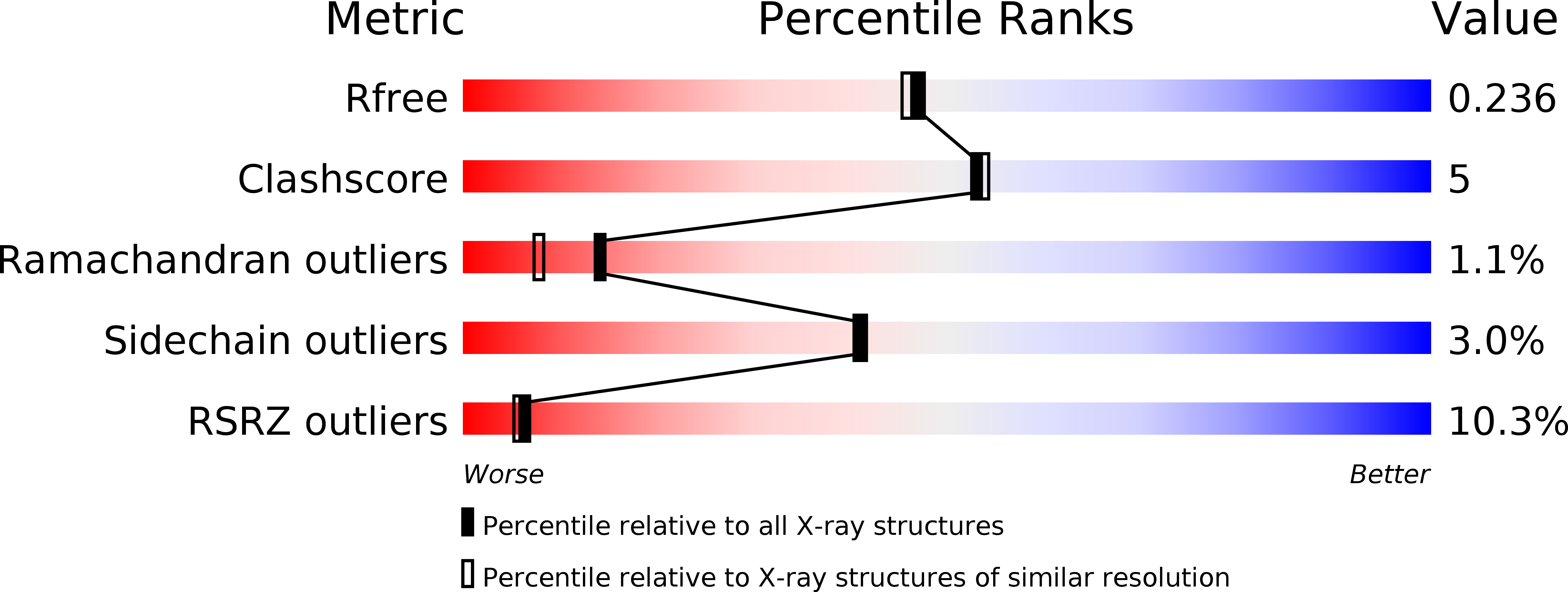
Deposition Date
2013-10-04
Release Date
2013-11-27
Last Version Date
2024-11-20
Entry Detail
PDB ID:
4N23
Keywords:
Title:
Crystal structure of the GP2 Core Domain from the California Academy of Science Virus, monoclinic symmetry
Biological Source:
Host Organism:
Method Details:
Experimental Method:
Resolution:
2.00 Å
R-Value Free:
0.22
R-Value Work:
0.17
R-Value Observed:
0.17
Space Group:
C 1 2 1


